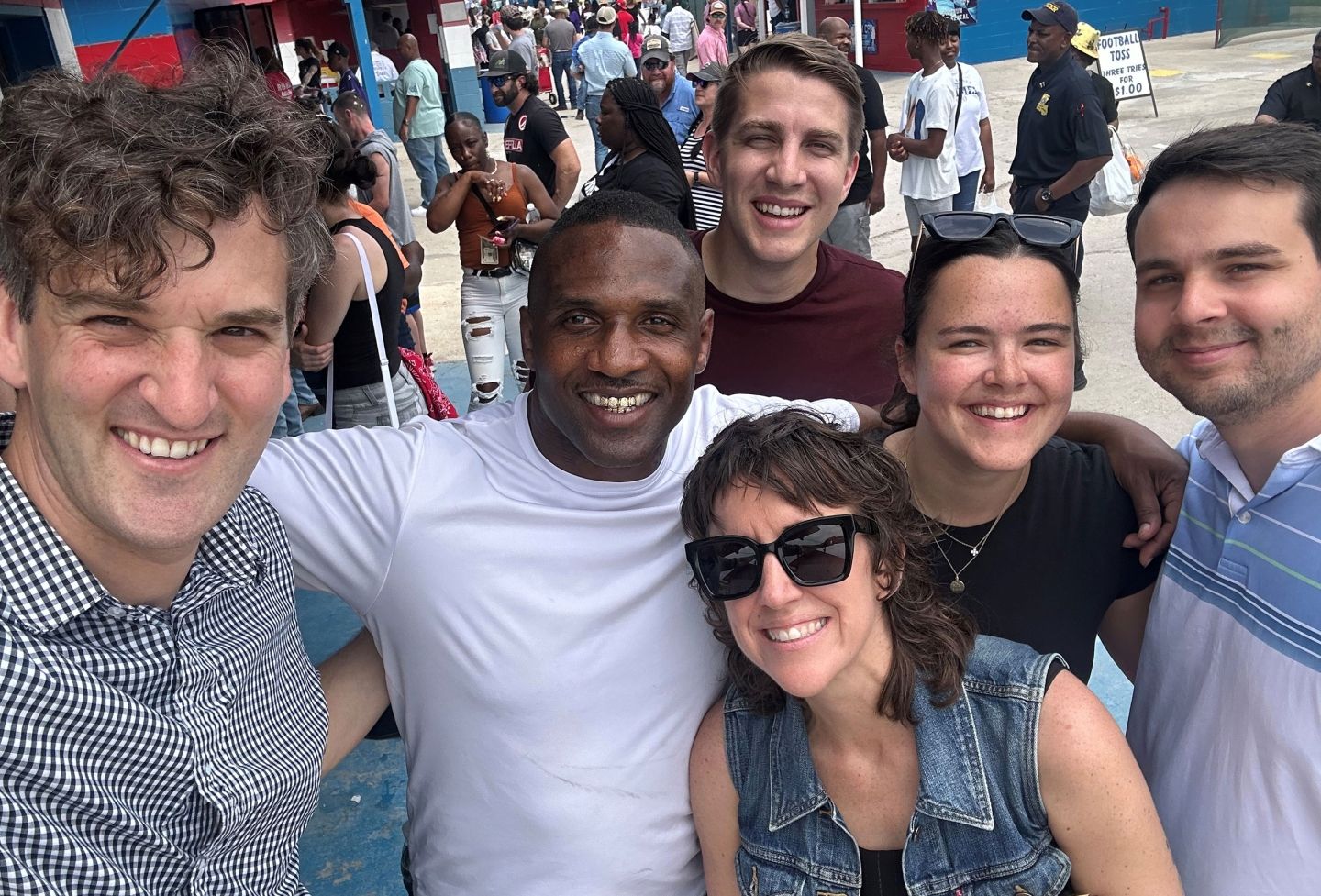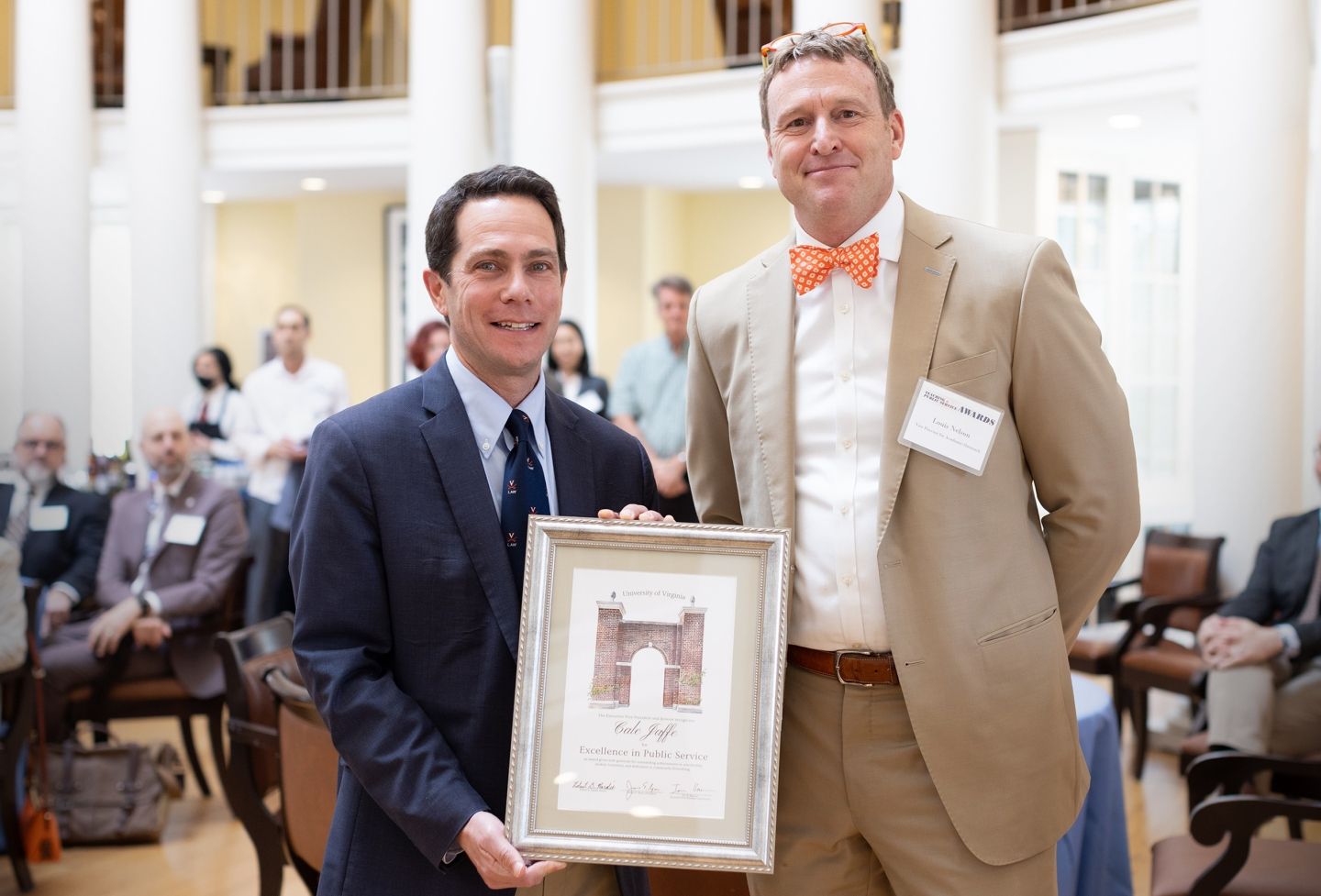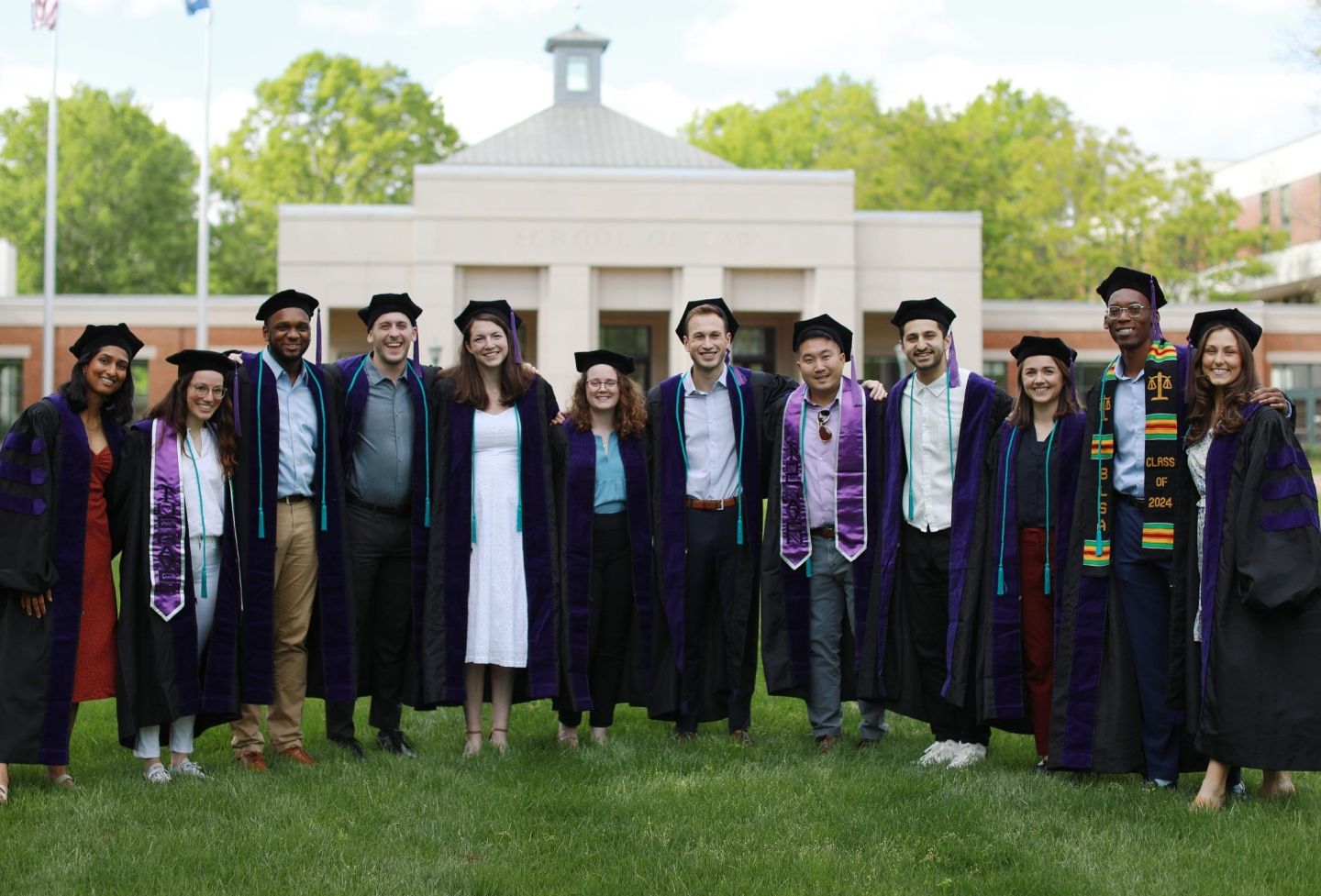Hidden History of National Park Conservation Explored


When we think of national parks like Yellowstone, the Grand Canyon, and the Adirondacks today, we consider them to be national treasures and the people and organizations that helped found them as environmental heroes. But reality may be more complicated, as an analysis of Crimes Against Nature: Squatters, Poachers, Thieves, and the Hidden History of American Conservation, written by Brown University history Professor Karl Jacoby, reveals. Professor Jonathan Cannon and Visiting Professor Dean Lueck commented on the book and Jacoby offered his own observations on the formation of the three parks at an April 3 event sponsored by the Program on Legal and Constitutional History.
"What Professor Jacoby does is let us see the cost of those jewels, or their acquisition," Cannon said.
Jacoby's book paints a portrait of a top-down conservation movement, where the drive to create the national parks came from the wealthy, the federal government and some state governments, whereas locals often opposed or had mixed feelings about the creation of the parks because it often took away their hunting or fishing land.
Lueck called the book "part of a large and growing scholarship on environmental history," but noted that Jacoby's work, unlike other books that see the conservation movement through "rose-colored glasses," unearths a secret history of conflict and oppression concerning local land use.
"These local users are overwhelmed by wealthy outsiders," Lueck explained, and what we eventually see is a "conversion into a tourist landscape" despite the efforts of local "poachers" and "squatters" to resist the new regime. He added that the book works to crucify some of the major myths of conservation, including the idea that rural folk were ruining nature, that nature works best when left alone in a natural state, that nature can be "preserved," and the notion of the wise, progressive land manager.
The cases examined, particularly that of the Grand Canyon park, show that land owners or users were not always compensated for their stakes in the land. The affected local inhabitants included the Havasupai Indians of the Grand Canyon, who shifted from deer hunting to livestock grazing to better establish some kind of claim to the land.
Lueck, an economics professor from Montana State University, identified some of the limitations of the book from the point of view of an economist. He observed that the sample of three parks is too small to support a broader thesis about the local effects of the formation of all national parks, and he joked that an economist would characterize the subject of the book as "an uncompensated shift in property rights." He said there was little about the law of property rights in the book, and no sense of who was pushing U.S. presidents such as Benjamin Harrison to set aside these large blocks of land, or what kinds of incentives existed for bureaucrats. "I would have liked to hear a little more discussion about political economy," he said.
"Even though this subject's 100 years old, it's very applicable to what's going on in land today," Lueck remarked — local users of the land are pitted against wealthy elites. He noted that the New York Times had referred to part of the Midwest as "Wyotana," now a home away from home for wealthy elites like Harrison Ford and David Letterman. There's also conflict over land use in Yellowstone, where "cross country skiers thumb their noses at snowmobilers." As another example of local conflict over property rights in natural resources, Lueck pointed out that "lobstermen in Maine more or less control fishing territories in a rather exclusive manner that is clearly extralegal."
He concluded that the book may relate a hidden history, but it is not one that is surprising to economists because they always believe there is self-interest at work.
Noting the top-down quality of the conservation movement, Cannon wondered whether the story would be better understood as being about the consolidation of federal and state governmental control at the expense of local government and local rule.
"The interests in these central jurisdictions differed importantly from the interests of the local community," he said. He recalled how another "jewel in our national crown," Shenandoah National Park in central Virginia, was created on lands that had been private; rural families were displaced from their land for a park that served city dwellers as an escape from urban Washington D.C. Cannon wondered whether this top-down approach was peculiar to conservation, or indicative of a broader trend. He cited the imposition of federal standards on local school systems as a modern-day example of the top-down phenomenon.
Cannon also agreed with the book's skepticism about the myth that nature left alone is pure.
"We have affected nature over the millennia in countless ways," he said, even by "preserving" it. He wondered what would happen to conservation policies were we to acknowledge that true preservation is impossible.
Jacoby said the book was primarily an effort "to work through how Americans in the past tried to work through moral questions." He also wanted to trace the transition from customary and traditional rules about nature to "much more legal, encoded laws."
"What kinds of rules does one follow and when does one feel justified in violating the rules of a society?" he asked. He said the book also shows that conservationists' efforts to take control of the environment are in some ways unachievable unless there is at least partial acceptance by locals.
"Often [conservationists] dramatically changed the ecosystem they thought they were preserving untouched," he said. One issue of interest to him was whether social justice and environmental protection can be complementary or balanced. He said it was important to pay close attention to social issues when considering ecological issues.
"I felt quite intensely that I wanted to look at the local actors and what the local experience was," he said. It's not surprising that U.S. attempts to export our version of conservation to places like Africa have not always succeeded, given that many such locations still have subsistence farmers dependent on free use of the land, he added.
By the late 19th century, Jacoby said, local rural society had become increasingly stratified and as a result offered a variety of responses to the conservationists. The period also marked the demise of the subsistence rural economy.
One audience member asked to what extent the conservation efforts were really about conquest, in light of the effects of the Grand Canyon conservation efforts on the Havasupai Indians. Jacoby responded that it was clear at the turn of the century that colonization and conservation were intertwined in European colonialism in Asia and Africa, but many of the locals in his book did not actually own the land being conserved; they instead used it for game hunting.
"In most of these places a majority of these lands were unclaimed or unsettled," he said. Shenandoah Park took longer to coalesce because many people already had a legal claim there.
While the Yellowstone conversion to parkland was enforced mainly by the U.S. Army, the Adirondacks park conversion received help from locals who worked as park rangers. They had to navigate working for the government and enforcing laws while living as members of a community that was potentially hostile to the park conversion.
"They really were treading this fine line," he said of their efforts.
Asked about how conservationists could have worked with the local community more effectively, Jacoby said the Adirondacks had an organization of guide clubs in the 1880s and 1890s that the outside conservationists could have worked with. But "the choice was made to ignore these sorts of local organizations."
Founded in 1819, the University of Virginia School of Law is the second-oldest continuously operating law school in the nation. Consistently ranked among the top law schools, Virginia is a world-renowned training ground for distinguished lawyers and public servants, instilling in them a commitment to leadership, integrity and community service.


